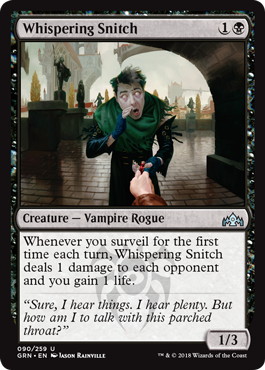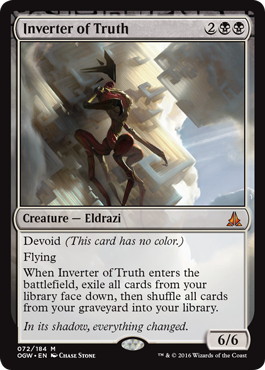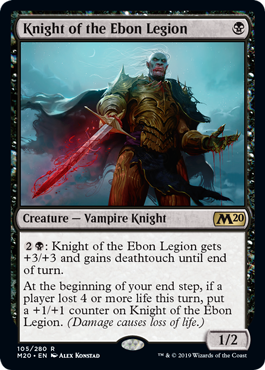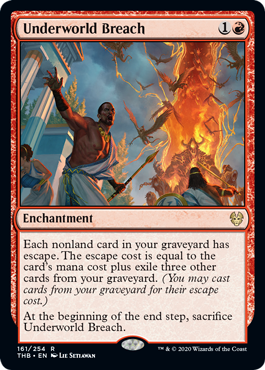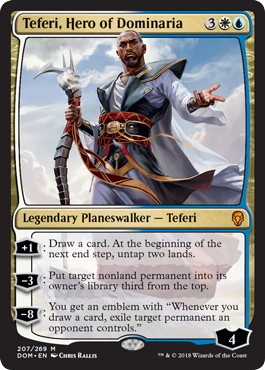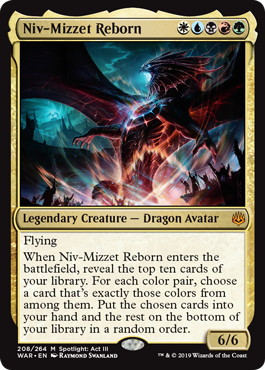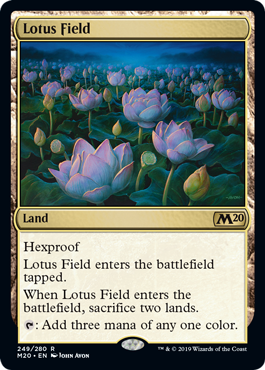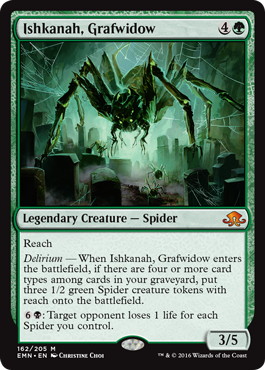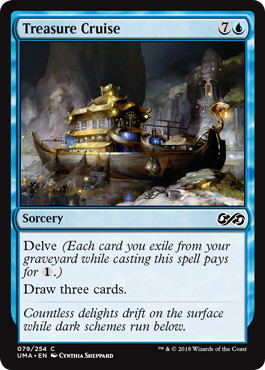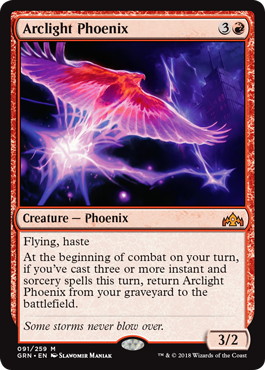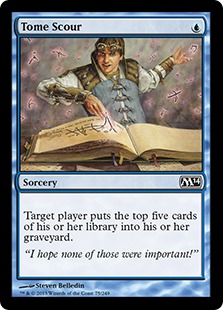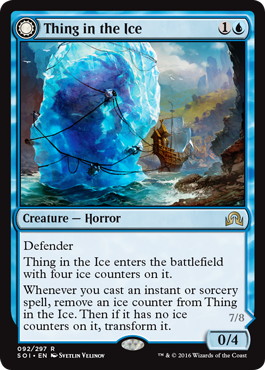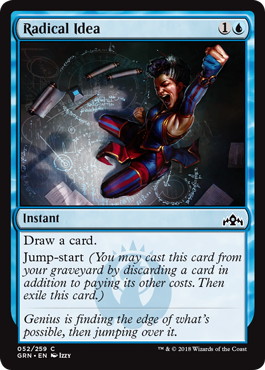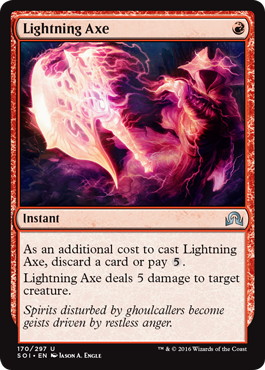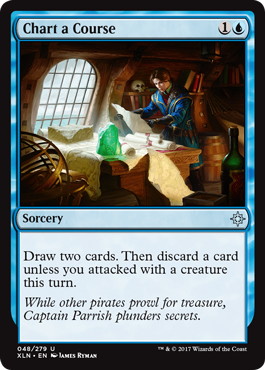Introduction
The first round of Regional Tours is in the books and it marked the first Pioneer premier events.
Preparing for this tournament was a lot of fun. The card pool was big enough that you had a lot of viable things going on, but unlike Modern there wasn’t enough deck diversity so you can prepare for all top tier decks and have enough sideboard against them.
With that said, one of the biggest strengths you can get as a magic player is looking at the available information and try to adapt in order to maximize your chances of winning your next tournament.
The combined results of 928 of the best players around the globe should be a nice sample to have an idea on how Pioneer stands right now.
I compiled all this information it is available HERE. Feel free to play with it and reach your own conclusions. I will make this exercise with you and try to explain my own thoughts. Let’s go?
All Regions Overview
Let’s start with a quick overview on the combined results of all the 3 regions and then go a bit deeper into each individual Regional Event. It will be particularly interesting to see the adaptation of the players for Phoenix, due it was held a week after Brussels and Nagoya.
Day One Metagame
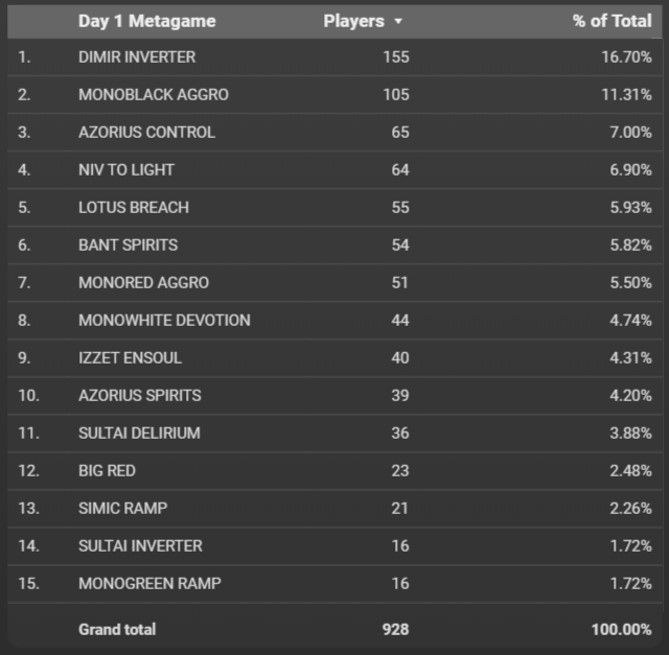
Day 1 Metagame – Global
Dimir Inverter and Mono Black Aggro were the most popular decks among the 928 players that started day one of the 3 events. Both of these were the only archetypes that had more than one hundred of players deciding to play it.
Day Two Metagame

Day 2 Metagame – Global
Day two showed that both of these decks increased the percentage of the metagame and kept number 1 and 2 of the most played decks on day two as well. Not very interesting.
On the other hand you can see that decks like Lotus Breach went from 6% to 9% of the field on day two, while Azorius control and Niv to Light went from 7% to 4%, on the opposite direction.
Top8 Metagame
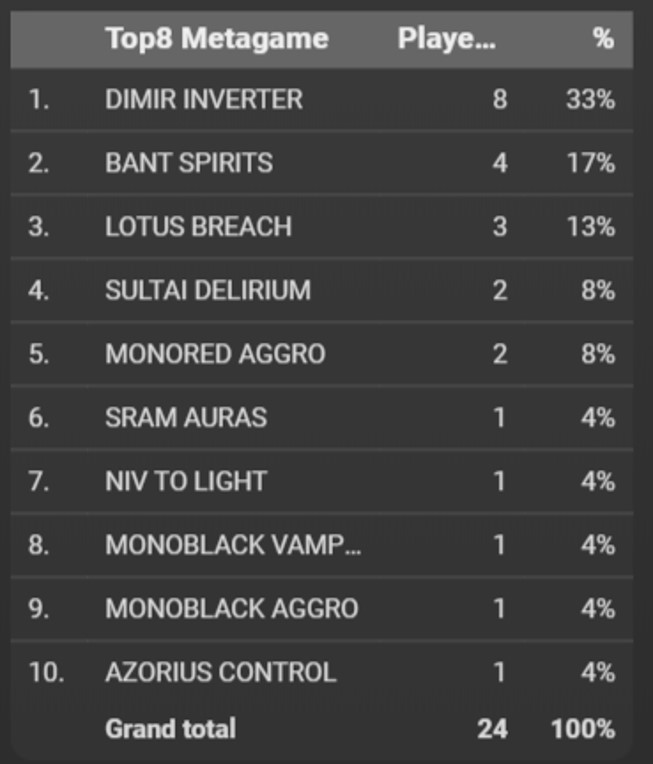
Top8 Metagame – Global
The top8 showed 10 different decks among the 24 which was kinda cool, with Dimir Inverter being clearly the most represented deck in all the 3 top8s. Only one Mono Black Aggro player was able to reach the elimination rounds of these tournaments, which was in my view the biggest surprise.
One thing you have to be careful, when analyzing the conversion rate of these events is that Draft played a big part on it. A 0-3 trainwreck draft on day means that even if you get 80% win rate (4-1) with your Pioneer deck, you will fail to convert into day 2.
So let’s take a closer look at the win rates.
The Win Rates – Global

Win Rates by Deck – Global
Two decks stand out are Lotus Breach and Sultai Delirium. Both of these decks had an outstanding 59% win rate, which proved that most of the players day one into day two conversions were mostly due to their constructed record.
Mono Black Aggro and Niv to Light were the biggest losers, with a considering low win rate, especially taking into account that they were the second and fourth most played decks of the tournaments. Only converting into one copy on the top8 for each was a big consequence of that.
Now that we’ve looked at the global picture, let’s get into a little bit more details of each region.
Details of Each Region
Day One Metagame
The inicial metagame was fairly similar in both events. The same 5 decks were the 5 most played decks in each region. A bigger percentage of the Asian players decided to give a shot at Dimir Inverter, a deck that was fairly new at the time. Other than that all the other decks had very similar metagame percentage in both events.
Now let’s take a look at Phoenix and see how the players adapted, since the American Players Tour was held the week after.
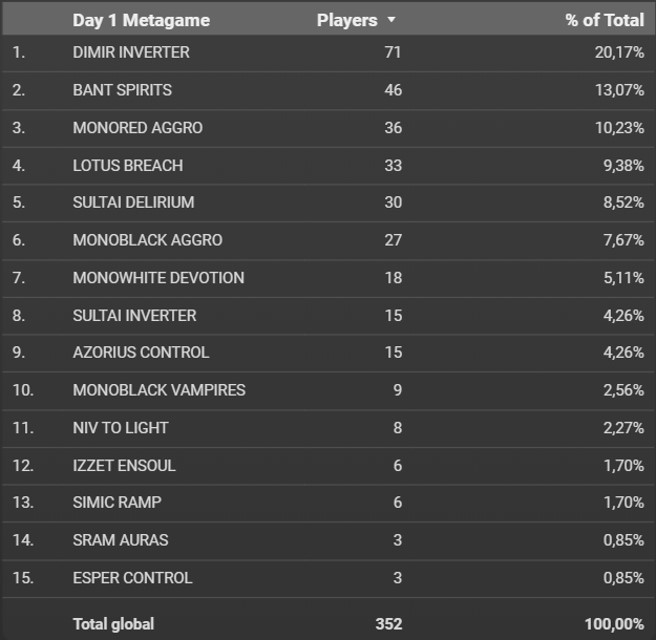
Day 1 Metagame – Phoenix
The analysis of the evolution of the metagame from Brussels / Nagoya to Phoenix should be made a case study. It had many classic examples of what to expect and things you should be looking at when preparing for your future event.
As you can see, from the top5 most played decks from Brussels and Nagoya, only Dimir Inverter maintained the top position. This time with an already considerable slice of the metagame (20%). This was a kind of obvious consequence of a popular player such as Piotr “kanister” Glogowski making it into the finals, with a 9-1 swiss record having a sideboard guide available for only 5 dollars and well… the fact that 5 (!) players made top8 with it in Nagoya, including two Magic Pro Leagues (MPL) Players (Shouta Yasooka and Lee Shi Tian). The cherry on the cake was that the 3 undefeated players in both events were Dimir Inverter. (Shintaro Ishimura had a spicy decklist which contained the combo in a Mono Blue Devotion shell though.)

Undefeated Players – Brussels / Nagoya
Bant Spirits, Mono Red Aggro, Lotus Breach and Sultai Delirum all raised immensely within only a week range.
Let’s try to explain the increase in popularity of those.
The Win Rates
Let’s start by looking at the Combined Win Rate of Brussels / Nagoya, just to give you a better feel of the best performing archetypes in Pioneer and take the draft portion out of the equation.

Win Rates – Brussels / Nagoya
Bant Spirits
Not only Kenta Harane took down Nagoya, but Bant Spirits was the only deck other than Dimir Inverter to put more than 1 copy in the top8 of both events. Also it was the second best performing archetype.
- Kenta Harane
- – Bant Spirits
- Players Tour Nagoya
- (Champion)
2 《Plains》
4 《Breeding Pool》
4 《Hallowed Fountain》
4 《Temple Garden》
4 《Botanical Sanctum》
4 《Glacial Fortress》
-Land (24)- 4 《Mausoleum Wanderer》
2 《Spectral Sailor》
4 《Rattlechains》
4 《Selfless Spirit》
4 《Supreme Phantom》
4 《Empyrean Eagle》
4 《Nebelgast Herald》
4 《Spell Queller》
2 《Brazen Borrower》
-Creature (32)-
4 《Mystical Dispute》
2 《Permeating Mass》
2 《Rest in Peace》
1 《Archangel Avacyn》
1 《Disdainful Stroke》
1 《Settle the Wreckage》
-Sideboard (15)-
Mono Red Aggro
OK, so one BIG thing to take in consideration here. Always consider the last big event best performing aggro archetype to be well represented on your next event. Don’t expect many people that were planning to play Mono Black Aggro to all of the sudden switch to Sultai Delirium. If you look closely you can see that the combination of the metagame percentage of Mono Red + Mono Black is pretty much the same in all the 3 events.
- Zachary Kiihne
- – Mono Red
- Players Tour Phoenix
- (Top 4)
4 《Ramunap Ruins》
1 《Castle Embereth》
2 《Mutavault》
-Land (22)- 4 《Monastery Swiftspear》
4 《Soul-Scar Mage》
2 《Zurgo Bellstriker》
4 《Abbot of Keral Keep》
4 《Rimrock Knight》
4 《Bonecrusher Giant》
4 《Goblin Rabblemaster》
2 《Torbran, Thane of Red Fell》
-Creature (28)-
3 《Lava Coil》
3 《Grafdigger’s Cage》
2 《Abrade》
2 《Experimental Frenzy》
1 《Kari Zev’s Expertise》
1 《Chandra, Torch of Defiance》
-Sideboard (15)-
Lotus Breach
This was not just another +50% win rate. One thing that the Lotus Breach Version of Brent Vos and Pascal Vieren illustrates is that sometimes you have a deck with potential but no one really knows the best version of it. Both players found it and performed extremely well with the deck.
- 2020/02/04
- Simic Lotus Breach – Pioneer’s Perfect Storm
- Pascal Vieren
It happened in the past with decks like Saheeli/Cat Combo in old Standard or even the most recent versions of Jeskai Fires in Standard. Taking this into consideration, one archetype you should be paying close attention if the 《Heliod》/《Ballista》 combo either in Modern or Pioneer. If you see a “different” list doing well in one big event, you should expect that deck to raise in popularity in the next few events.
- Allen Wu
- – Lotus Breach
- Players Tour Phoenix
- (Top 8)
2 《Breeding Pool》
4 《Botanical Sanctum》
4 《Temple of Mystery》
4 《Yavimaya Coast》
4 《Lotus Field》
4 《Thespian’s Stage》
1 《Blast Zone》
-Land (24)- 4 《Arboreal Grazer》
4 《Fae of Wishes》
2 《Satyr Wayfinder》
1 《Thassa’s Oracle》
4 《Vizier of Tumbling Sands》
-Creature (15)-
4 《Strategic Planning》
4 《Sylvan Scrying》
1 《Blink of an Eye》
4 《Pore Over the Pages》
1 《Dig Through Time》
3 《Underworld Breach》
-Spell (21)-
Sultai Delirium
Despite being the clear best deck from Brussels, with Joel Larson taking down the tournament AND it having an extraordinary 71% Win rate, some people just don’t play kind of these controlish/midrangy decks.
- Joel Larsson
- – Sultai Delirium
- Players Tour Brussels
- (Champion)
1 《Forest》
1 《Swamp》
4 《Breeding Pool》
4 《Overgrown Tomb》
1 《Watery Grave》
3 《Fabled Passage》
4 《Blooming Marsh》
1 《Botanical Sanctum》
1 《Castle Garenbrig》
1 《Opulent Palace》
-Land (23)- 1 《Walking Ballista》
4 《Satyr Wayfinder》
3 《Jace, Vryn’s Prodigy》
1 《Scavenging Ooze》
4 《Uro, Titan of Nature’s Wrath》
2 《Courser of Kruphix》
1 《Murderous Rider》
1 《Tireless Tracker》
1 《Ishkanah, Grafwidow》
1 《Emrakul, the Promised End》
-Creature (19)-
4 《Thoughtseize》
3 《Traverse the Ulvenwald》
2 《Abrupt Decay》
2 《Grisly Salvage》
1 《Liliana, the Last Hope》
2 《Nissa, Who Shakes the World》
-Spell (18)-
2 《Disdainful Stroke》
2 《Mystical Dispute》
1 《Reclamation Sage》
1 《Tireless Tracker》
1 《Hostage Taker》
1 《Duress》
1 《Cast Down》
1 《Noxious Grasp》
1 《Sultai Charm》
1 《Vivien Reid》
-Sideboard (15)-
If these results were made by an easier to play deck the percentage of players picking it for the next event would have been much higher. So also consider that.
Let’s finish by looking at Phoenix Win Rates so we can elaborate a bit on what you should consider for next event.

Win Rates – Phoenix
Decks like Dimir Inverter, Lotus Breach and Sultai Delirium are still solid options, so consider those to be very present in the next event. The top8 and overall good performance of Azorius Control will also make more players sleeve those 《Hallowed Fountain》s. Azorius Spirits kinda replaced Bant Spirits as the Spirts deck of the format, again. Me, personally I like Corey Burkhart’s list 😊
- Corey Burkhart
- – Dimir Inverter
- Players Tour Phoenix
- (Champion)
2 《Swamp》
4 《Watery Grave》
2 《Fetid Pools》
4 《Fabled Passage》
4 《Drowned Catacomb》
2 《Choked Estuary》
1 《Ipnu Rivulet》
1 《Urborg, Tomb of Yawgmoth》
-Land (25)- 4 《Thassa’s Oracle》
4 《Inverter of Truth》
-Creature (8)-
4 《Opt》
4 《Thoughtseize》
2 《Censor》
2 《Drown in the Loch》
2 《Thought Erasure》
1 《Hero’s Downfall》
4 《Dig Through Time》
1 《Omen of the Sea》
3 《Jace, Wielder of Mysteries》
-Spell (27)-
2 《Mystical Dispute》
2 《Damping Sphere》
1 《Jace, Vryn’s Prodigy》
1 《Kalitas, Traitor of Ghet》
1 《Legion’s End》
1 《Negate》
1 《Cry of the Carnarium》
1 《Hero’s Downfall》
1 《Witch’s Vengeance》
1 《Languish》
-Sideboard (15)-
Bonus! Self-Mill Phoenix
As you may know, I decided to run Dimir Inverter in Brussels. I decided that the deck was good enough to pull the trigger, despite being relatively new.
Before that, I was playing a lot with a new version of Izzet Phoenix that I made. I was having solid results online with it, with a bunch of 4-0 drop on the Magic Online (MTGO) Pioneer leagues.
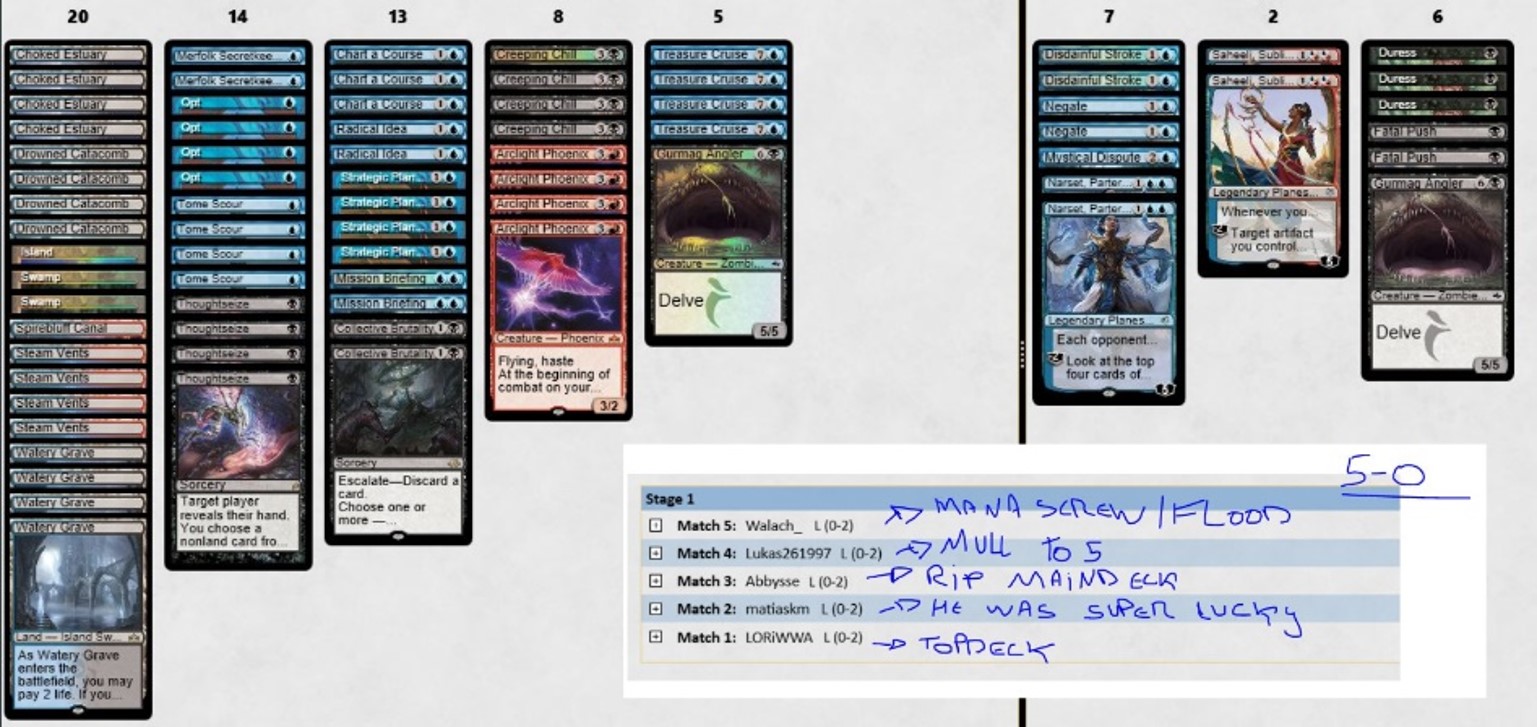
Jokes aside. This was a great example on how you should approach deckbuilding. The first version of an idea will always suck against the established decks. You should not really focus on the result in itself, but rather on the things that worked. It’s really easy to fall into the trap of trying something new, lose some games and think “meh, this idea sucks” but if you approach deckbuilding like this, you are very unlikely to succeed, because the first draft of a new deck will bad 99% of the time.
Despite the perfect 5-0 in the first league, I saw somethings that I liked. The interaction between self-mill cards, 《Treasure Cruise》 and 《Arclight Phoenix》 was really good. The card disadvantage that 《Tome Scour》 and 《Merfolk Secretkeeper》 gave you, was compensated a lot enabling the chain of the most powerful card in Pioneer, 《Treasure Cruise》, while hitting a very resilient win condition in the form of a 3/2 flying haste creature.
With all that said, once I started playing Dimir Inverter I never looked at Izzet self-mill Phoenix again and I think there is still a lot of room for improvement. (maybe add green for 《Uro, Titan of Nature’s Wrath》?)
This is where I left it:
- Goncalo Pinto
- – Izzet Self-Mill Phoenix
- Test Deck
4 《Steam Vents》
4 《Spirebluff Canal》
4 《Sulfur Falls》
2 《Shivan Reef》
-Land (20)- 4 《Merfolk Secretkeeper》
4 《Young Pyromancer》
1 《Brazen Borrower》
4 《Arclight Phoenix》
1 《Ox of Agonas》
-Creature (14)-
4 《Opt》
4 《Tome Scour》
2 《Wild Slash》
4 《Strategic Planning》
2 《Chart a Course》
1 《Mission Briefing》
1 《Radical Idea》
4 《Treasure Cruise》
-Spell (26)-
4 《Mystical Dispute》
2 《Fry》
2 《Saheeli, Sublime Artificer》
2 《Chandra, Torch of Defiance》
1 《Crackling Drake》
-Sideboard (15)-
This was the best 《Treasure Cruise》 I could make. It was very good game one against most of the decks, but quite more challenging after sideboarded games.
Some pointers, in case you want to try it.
Depending on the metagame, you might want to swap the 2 drops (《TiTi》 vs 《Pyromancer》). TiTi is much better against creature decks, Pyromancer is good against Control/Combo.
The 4 《Merfolk Secretkeeper》 are surprisingly good against the aggro decks.
Try to leave your 1 mana spells for 3rd turn. Even if this means take extra damage from a creature. When you have TiTi in play, to maximize the mills sometimes it involves casting the Merfolk during your sequence.
It’s OK to try to “go for it” with 2 self-mills when you really need action. That’s why you have the 《Ox of Agonas》 and the 《Radical Idea》.
When you sideboard, if 《Lightning Axe》s are good, it is fine to take out 《Chart a Course》. If you take out the Axes, do not touch the 《Chart a Course》!
If you opponent has 《Rest in Peace》 take out most of your self-mill/《Treasure Cruise》 stuffs. But mostly pray that they don’t cast it on 2 😊
I hope you guys liked it.
Conclusion
If you have any questions please leave your comment in the comment section down below, I will do my best to get back to you. My Twitter DMs are also open, just hit me up @u_mad_bro_MTGO.
Until next time!
Gonçalo (Twitter)



